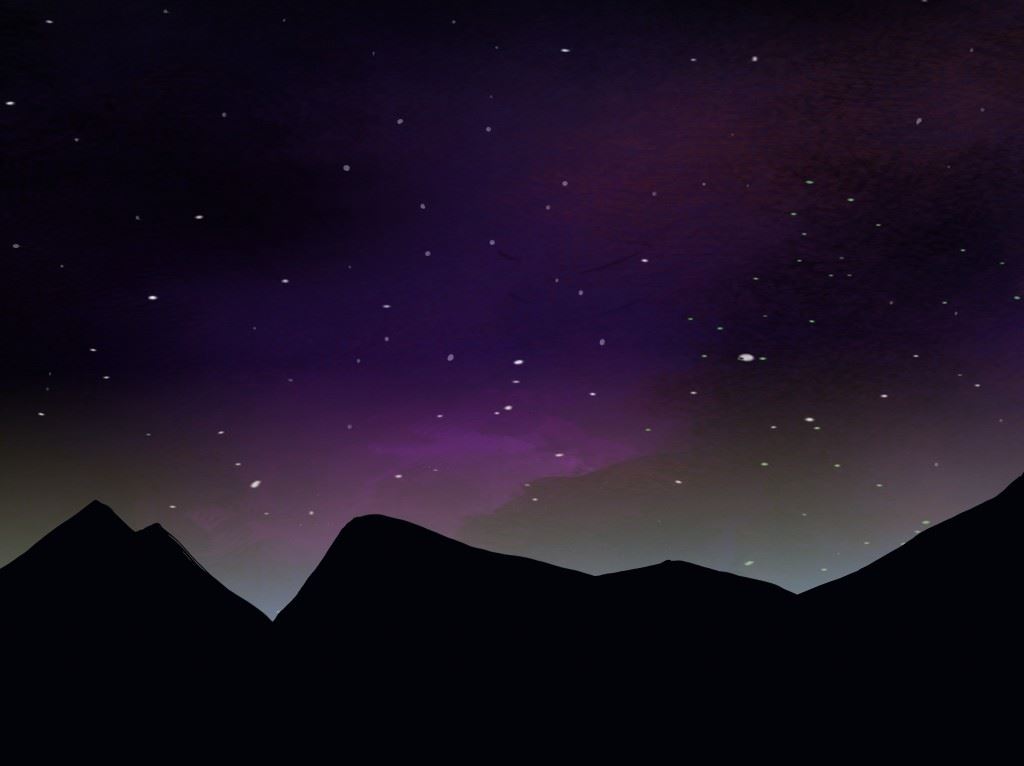Stars are celestial objects that can produce their own light. They are extremely hot and extremely large. They are mostly made up of hydrogen gas with a little helium in them. The sun is also a star; the sun’s energy and light play one of the key roles in sustaining all forms of life on earth.

Stars produce light by nuclear fusion reactions that happen inside it. In this process hydrogen is converted into helium and energy is produced as a by-product. It is this energy that comes to us as light. The sun is near to us appears large and very bright in the sky. However, all other stars are extremely far away from us. So, they appear small and faint in the sky. In fact, many of these celestial bodies are hundreds times bigger than our sun in size and much brighter, but they don’t appear so because they are so far away from the earth.
They are present in the sky even during the day. We do not see them because the sun’s bright light hides them. There are billions of them in the universe, more than all the grains of sand in the earth!
Constellations of Stars:
Because the earth revolves around its axis from west to east, the stars all appear to move east to west like the sun. In the night sky they seem to appear as groups called as constellations forming a particular pattern in the sky. In reality, stars in constellations can be billions of kilometres apart. They only appear to be close when viewed from the earth.
Stars also have an immense gravitational attraction. It is this gravitational attraction that can keep planets in orbit around them.
They are usually named by the constellation in which they appear. For example, the nearest star to the earth (other than the sun) is Proxima Centauri. It is named after the constellation Centaurus. Other very bright stars usually have names that don’t correspond to their constellation such as Polaris (Dhruva), Aldebaran (Rohini), Betelguese (Aardra), Castor and Pollux (Punarvasu), Regulus (Magha) and Spica (Chitra).
When you look at the night sky, try identifying the individual stars of constellations. See if you can identify the brightest star, Sirius and the pole star, Polaris (Dhruva) by reading our article on constellations.
The video about the characteristics of stars

The video about the mysteries of the Moon

Frequently Asked Questions – FAQs
What are stars?
Stars are celestial objects that can generate their own light. They are mostly made up of hydrogen gas with a little helium in them.
How do stars produce light?
Stars create light by nuclear fusion.
In this reaction, hydrogen is transformed into helium and energy is generated as a by-product.
What are stars made of?
Stars are usually composed of hot gases. Hydrogen and helium are the main elements in it.
What are the different types of stars?
Stars can be categorised as per their temperature and mass.
Based on decreasing temperature, stars are categorised into O, B, A, F, G, K, and M.
M stars are common, dim, cooler and yellow or red in colour. On the other hand, O stars are rare, very bright, hot and blue or white in colour.
Which are the prominent star constellations in the sky?
Virgo, Hydra, Cetus, Ursa Major, Hercules and Ursa Major.

BYJUS is the simplest clearest and well-explained application. I like it so so much ❤